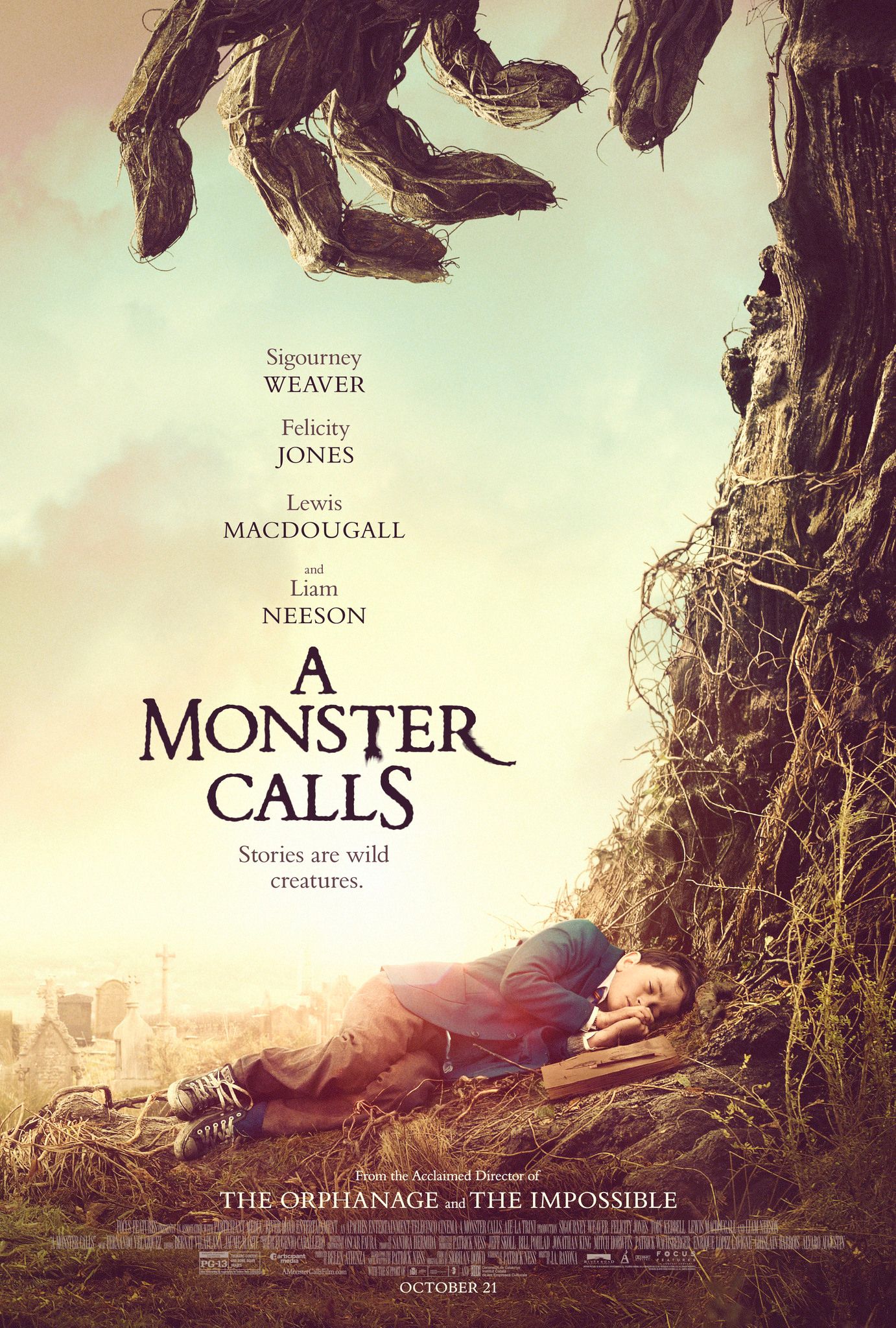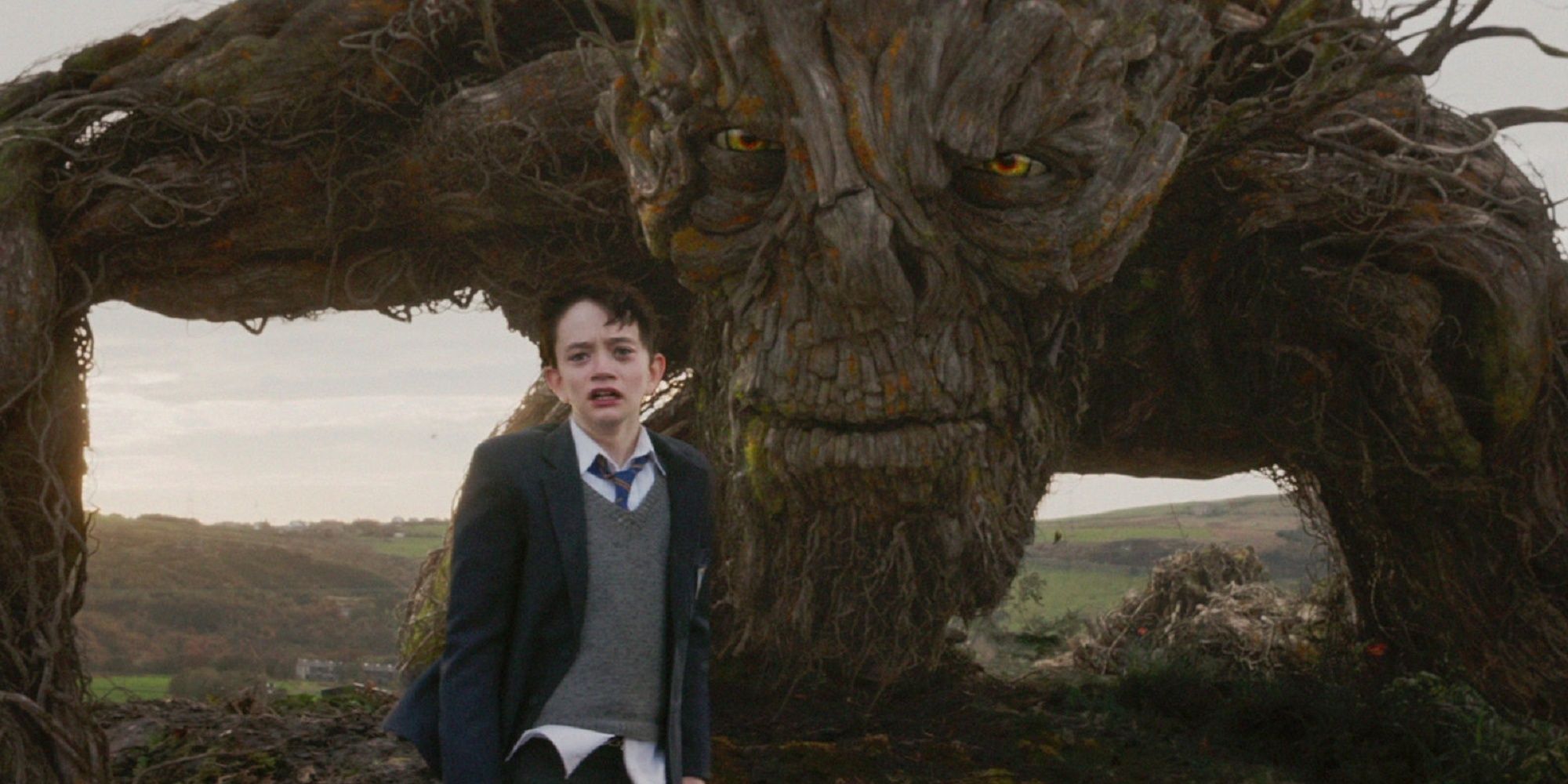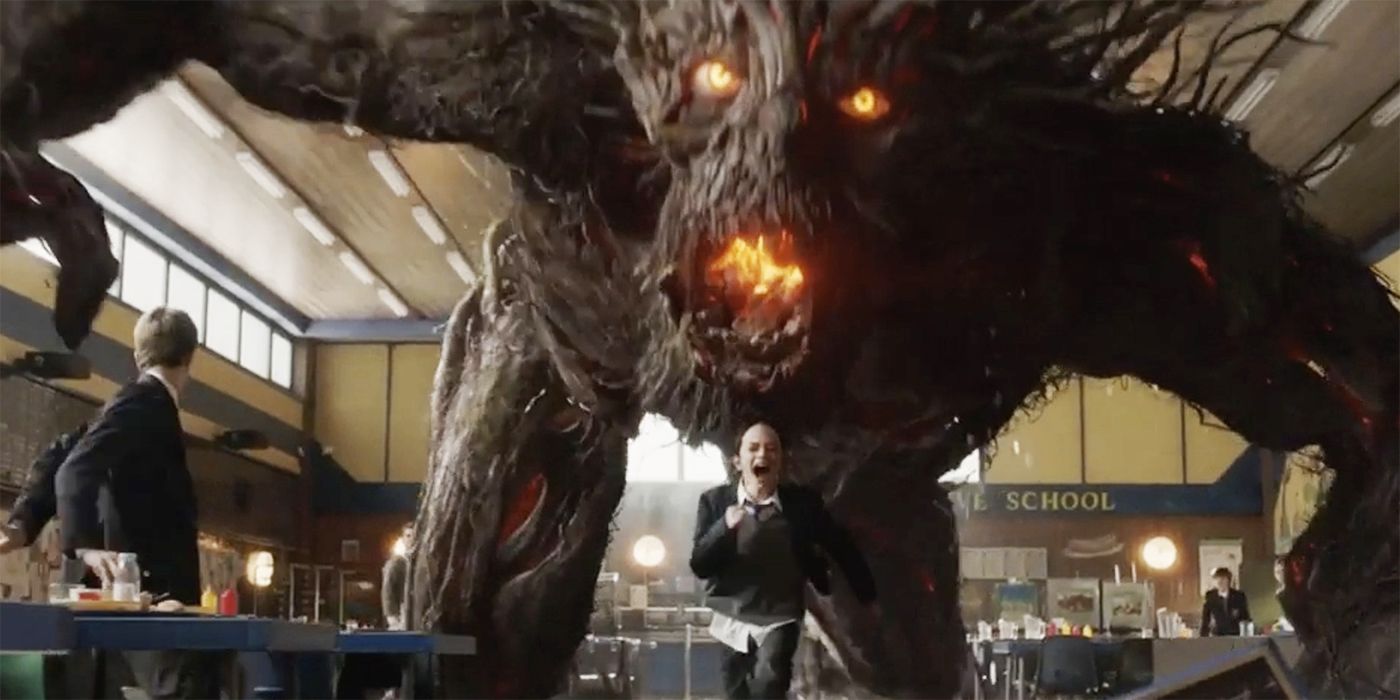The Big Picture
- Great coming-of-age films need to respect complex stories without simplification for adolescent audiences.
- A Monster Calls explores childhood fears with a unique and impactful mix of fantasy and reality.
- The ending of A Monster Calls cleverly reveals deeper truths about grief through imaginative storytelling.
Great coming-of-age movies are few and far between, as it can be incredibly difficult to depict a child’s perspective on screen in an emotionally mature way. While it’s important to make films that are aimed at appealing to the audience that they are representing, simplifying the complexity of a coming-of-age story does not do an adolescent audience any good. Even when dealing with the innocence of youth, films about childhood work best when they deal with the challenges of growing up in a way that younger viewers can comprehend. J.A. Bayona’s extraordinary fantasy film A Monster Calls is unafraid to deal with a child’s fear of losing a parent. While the film does not shy away from the totality of death, A Monster Calls uses its imaginary friend character as a metaphor for grief and self-acceptance.

A Monster Calls
Conor, a twelve-year-old boy, encounters an ancient tree monster who proceeds to help him cope with his mother's terminal illness and being bullied in school.
- Release Date
- January 6, 2017
- Director
- J.A. Bayona
- Cast
- Lewis MacDougall , Sigourney Weaver , Felicity Jones , Toby Kebbell , Ben Moor , James Melville
- Runtime
- 108 minutes
What Is ‘A Monster Calls’ About?
Based on the young adult novel by author Patrick Ness, A Monster Calls follows the prepubescent boy Conor O’Malley (Lewis MacDougall) as he grows up in England. While Conor has always been a shy and sensitive child, he is incredibly close with his mother (Felicity Jones), who is dealing with a serious terminal illness. As he slowly begins to realize that his mother may not have that much time left, Conor begins to have vivid dreams of a towering monster (voiced by Liam Neeson) who tells him a series of stories relating to death. A Monster Calls uses its fantasy elements to show how a child comprehends existential issues, as much of the film is told strictly from Conor’s perspective. Throughout his time with the monster, Conor begins to realize that his “nightmares” may actually be instructive in his emotional development.
While this approach risks being silly in its insertion of elaborate fantasy scenes into moments of reality, A Monster Calls is a vivid depiction of what it’s like to dream. It’s unclear to Conor at moments what is fantasy and what is reality, which perfectly represents the confusion that he feels during this challenging time in his life. Unfortunately, the film did not receive any Academy Award nominations for its terrific visual effects, makeup, sound, and production design, as the dream sequences are realized beautifully by Bayona. The film cleverly shows how Conor’s memories reemerge within his dreams as motifs; the design of the monster itself embodies a yew tree that resides by a church, which he associates with the passing of a loved one. Coupled with an extraordinary child performance by MacDougall, the dream sequences are quite moving for anyone who has feared losing a loved one.
A Monster Calls keeps its non-fantasy scenes grounded in reality, showing the great burden Conor has to deal with, like his mother’s illness and other issues that are inherent to childhood. Conor struggles to relate to his father, Liam (Toby Kebbell), an emotionally distant man who lives in the United States with his own family. The film details how the divorce of his parents helped grow Conor’s strong emotional bond with his mother. Similarly, the interactions between Conor and his strict grandmother (Sigourney Weaver) are quite complex. While Conor initially struggles to relate to his grandmother due to her seeming lack of compassion, he realizes that her emotional coldness stems from her own fear of losing a child.
How ‘A Monster Calls’ Shows Childhood Fears
Although Conor ultimately learns important life lessons from his dreams, A Monster Calls is unafraid to get genuinely chilling in its depiction of nightmares. Bayona had previously proven his merits as a horror filmmaker with his underrated gothic supernatural film The Orphanage, and A Monster Calls shows just how terrifying it can be for a child to confront their deepest fears without a proper emotional support system. It’s not just the signature design of the monster that is terrifying; the creature has a paternal presence in Conor’s life, and seems to be able to detect the feelings that he would like to keep hidden. His emotionally manipulative quality is somehow just as unnerving as his intimidating presence.
While much of the monster’s presence is tied directly to Conor’s experience, there’s a universality to its omnipresence within his imagination that makes the story relatable to audiences of all ages. The creature is particularly impactful because Neeson’s voice is perfectly suited to playing an intimidating, yet ultimately compassionate mentor. Neeson often shines in supporting roles, and he’s able to bring a truly personable quality to the anthropomorphic creature. The film’s use of motion capture (performed by future Marvel Cinematic Universe star Tom Holland) to track the monster’s movements only makes the character’s empathetic qualities more apparent.
What the ‘A Monster Calls’ Ending Really Means
The film does not shy away from the reality that Conor faces, as watching his mother slowly lose her grip on life makes for some truly devastating sequences that are hard to watch. While its conclusion is certainly a definitive one, the conclusion of A Monster Calls hints at the monster’s real identity. A family photograph glimpsed near the end of the film reveals Neeson as Conor’s grandfather standing next to Weaver. The suggestion that Conor’s grandfather died, and that he now associates him with an embodiment of death itself, is an insightful undertone that makes the film even more powerful on subsequent viewings.
While imaginary characters in films are often used as the basis of shocking plot twists, A Monster Calls seeks to understand and rationalize why children invest in their imagination. Although it certainly acknowledges the power that imaginary beings have within the coping process, A Monster Calls shows that recognizing reality is an important step in the grieving process. The use of the monster is an imaginative way to explore a family tragedy that nonetheless ends on an empowering note. It’s this inspirational quality that makes A Monster Calls a powerful representation of imagination that contains insights for audiences of all ages.
A Monster Calls is available to rent on Amazon in the U.S.


